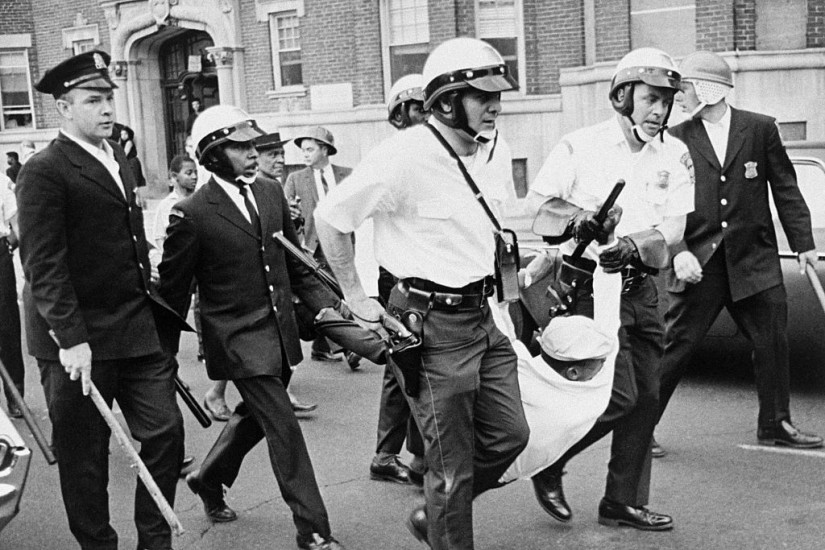In January 1968, Colonel Robert B. Rigg, a retired Army intelligence officer, published an article in ARMY magazine that captured the attention of an establishment reeling from recent riots in Watts, Detroit, and other American cities. He argued that those disturbances might be relatively mild precursors to a coming rebellion in the streets––that during the next few years, “organized urban insurrection could explode to the extent that large American cities could become scenes of destruction approaching those of Stalingrad in World War II.”
As he envisioned it, those disaffected by the Vietnam War or poverty or racial injustice might at any time attempt a guerrilla uprising in their cities, where man has invariably built “a finer jungle for insurrection” than any in nature.
“Rooftops, windows, rooms high up, streets low down, and back alleys nearby could become a virtual jungle for patrolling police or military forces at night when hidden snipers could abound, as they often do against U.S. and allied forces in Vietnam in daylight,” he wrote. “Could local police or National Guard units carry out such search-and-destroy campaigns in the cement-blockjungles of high-rise buildings?”
He didn’t think so.
“Urban guerrillas could shoot down the streets, drop fire bombs, and not even need mortars,” he wrote. Hostages could be taken. The Communists might even try to fuel the flames of insurgency. And while social, economic, or political reforms might succeed in staving off such rebellions, he reasoned, they might not; thus his call for “an effective system of intelligence in the ghettos,” including deep penetration by undercover cops and military intelligence, along with Army preparations to fight pitched urban battles here in America.
His conclusion included this chilling suggestion:
Army units must be oriented and trained to know the cement-and-asphalt jungle of every American city. Possibly the sight of such maneuvers in several cities could prove a deterrent to urban insurrection.
